Request A Car Rental
Travelling to Mongolia and need a car rental plus extra equipments?
Unveiling the Legendary Genghis Khan and His Mongol Empire
Mention the name Genghis Khan, and images of a fearsome warrior leading vast armies across the Eurasian steppe may come to mind. But did you know that, in addition to his military prowess, he was a driving force behind the first connections between East and West, and fostered religious tolerance within his empire? Journey with us as we unveil the legendary Genghis Khan and his Mongol Empire, exploring his rise to power, military strategies, and the lasting impact of his rule on the world.
Key Takeaways
- Genghis Khan was a 12th century leader renowned for his military prowess and religious tolerance, allowing him to expand the Mongol Empire across 11-12 million square miles.
- The Mongols employed advanced tactics such as cavalry warfare, siege tactics and spies to become an extremely formidable force on the battlefield.
- Genghis Khan’s legacy includes fostering trade networks between East and West, contributing to cultural exchange through religious tolerance, as well as creating enduring mysteries that draw people in search of his story.
Genghis Khan: From Nomad to Conqueror
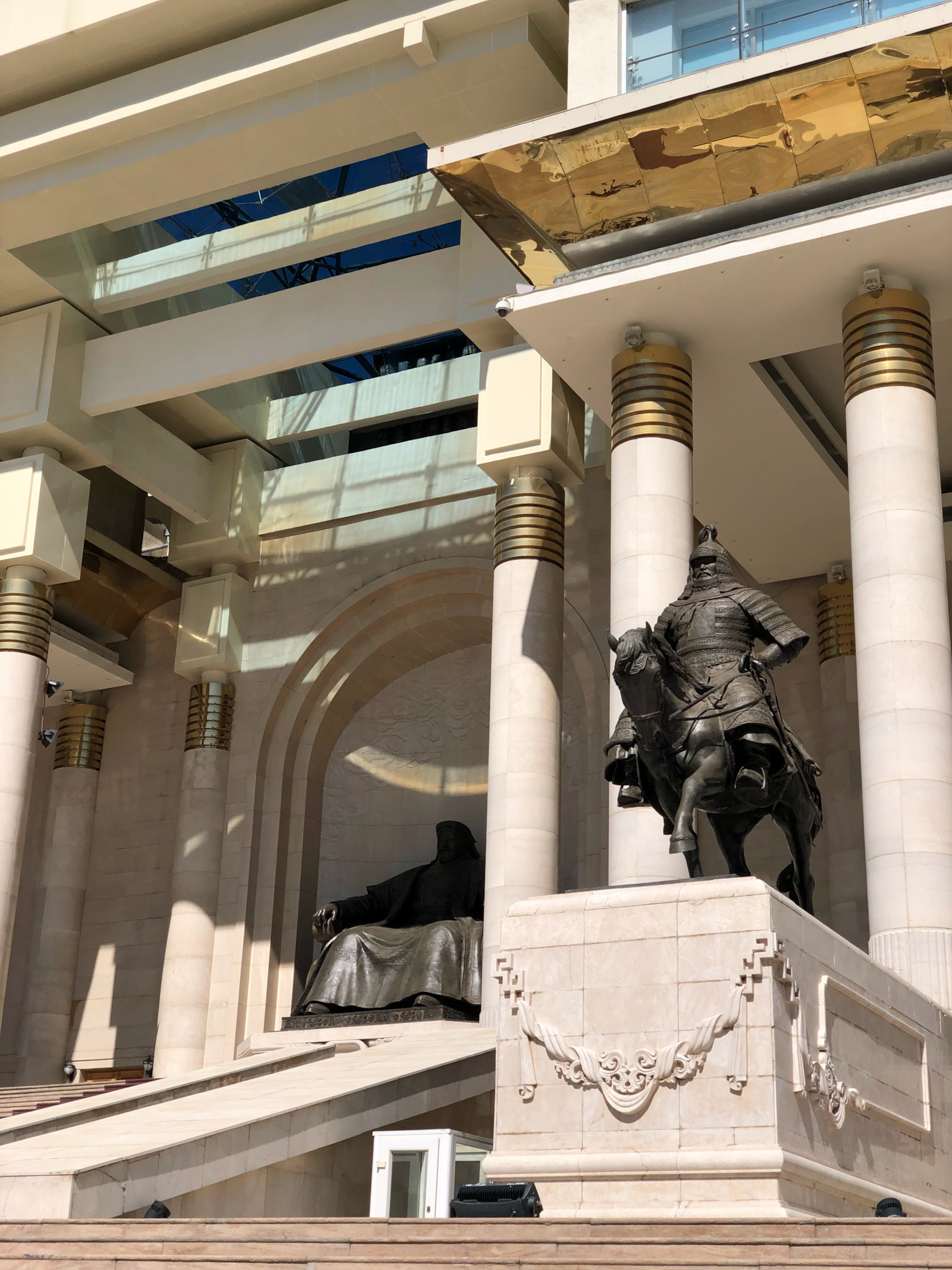
Born as Temüjin in the 12th century, Genghis Khan’s early life was marked by hardship. His father, a Mongol chieftain, was poisoned when Temüjin was just eight years old. Despite these challenges, the young warrior rose to become the founder and first great khan of the Mongol Empire. By 1206, he had unified the nomadic tribes of Mongolia under his rule and adopted the name Genghis Khan, which means “universal ruler”. Also known as Chinggis Khan, his legacy continues to shape the course of history.
Genghis Khan’s military prowess was legendary. His leadership style prioritized the promotion of officers based on skill and experience rather than noble birth or ancestry. As a result, the Mongol army, famous for its skilled horsemen and archers, conquered more than twice the amount of land than any other individual in history. At their peak, the Mongols stretched across an impressive 11 to 12 million contiguous square miles. This area was about the same size as the continent of Africa..
Not only were Genghis Khan and his grandson Kublai Khan skilled tacticians, but they also demonstrated a surprising degree of tolerance for different religions within their empire. This policy of religious freedom, combined with their encouragement of trade and the establishment of the first international postal system, left a lasting legacy that would shape world history for centuries to come.
The Art of Mongol Warfare

Paragraph 1: The Mongols’ military success was due in large part to their advanced strategies and tactics, rather than their sheer numbers. Nomadic pastoralists by nature, the Mongols were exceptional equestrians and archers, able to swiftly launch attacks and cover vast distances across the steppe.
Paragraph 2: We will now examine the distinct aspects of Mongol warfare, such as their proficiency in cavalry and weaponry, along with their strategic use of siege tactics and spies.
Cavalry and Weaponry
Mongol armies, also known as mongol hordes, primarily comprised of cavalry, which provided them with unmatched mobility and speed on the battlefield. Each rider could have up to 16 spare mounts, ensuring that the army could traverse vast distances quickly. This incredible mobility, combined with their expertise in archery, made the Mongol army a fearsome force to be reckoned with.
In addition to their equestrian skills, the Mongols were also adept at hand-to-hand combat, wielding swords, spears, and lances with deadly efficiency. Their tactics were ideally suited to open plains and flat countries, where their mobility and archery skills could be fully utilized.
The Mongols were quick to adopt the tactics and technology of their enemies, enhancing their own military capabilities. This adaptability allowed them to swiftly learn and employ siege warfare and advanced weaponry, such as gunpowder missiles and catapults, from the people they conquered.
Siege Tactics and Spies
In addition to their prowess on the open battlefield, the Mongols also excelled in the art of siege warfare. They employed a variety of tactics, including arrow storms, hit-and-run barrages, and delayed sieges to wear down their enemies. When confronted with walled cities, they would often enlist the help of artisans and engineers from conquered peoples, such as the Chinese, Persians, and Arabs.
Spies and propaganda played a crucial role in the Mongols’ military campaigns. They would use espionage to gather information on enemy defenses and exploit internal divisions among their adversaries. By exacerbating existing rivalries and weakening enemy alliances, the Mongols were able to conquer vast territories with relative ease.
The use of psychological warfare was another key component of the Mongol strategy. They would often spread terror among their enemies by capturing a city, slaughtering its inhabitants, and then warning neighboring cities that the same fate awaited them if they did not surrender.
Uniting the Mongolian Tribes
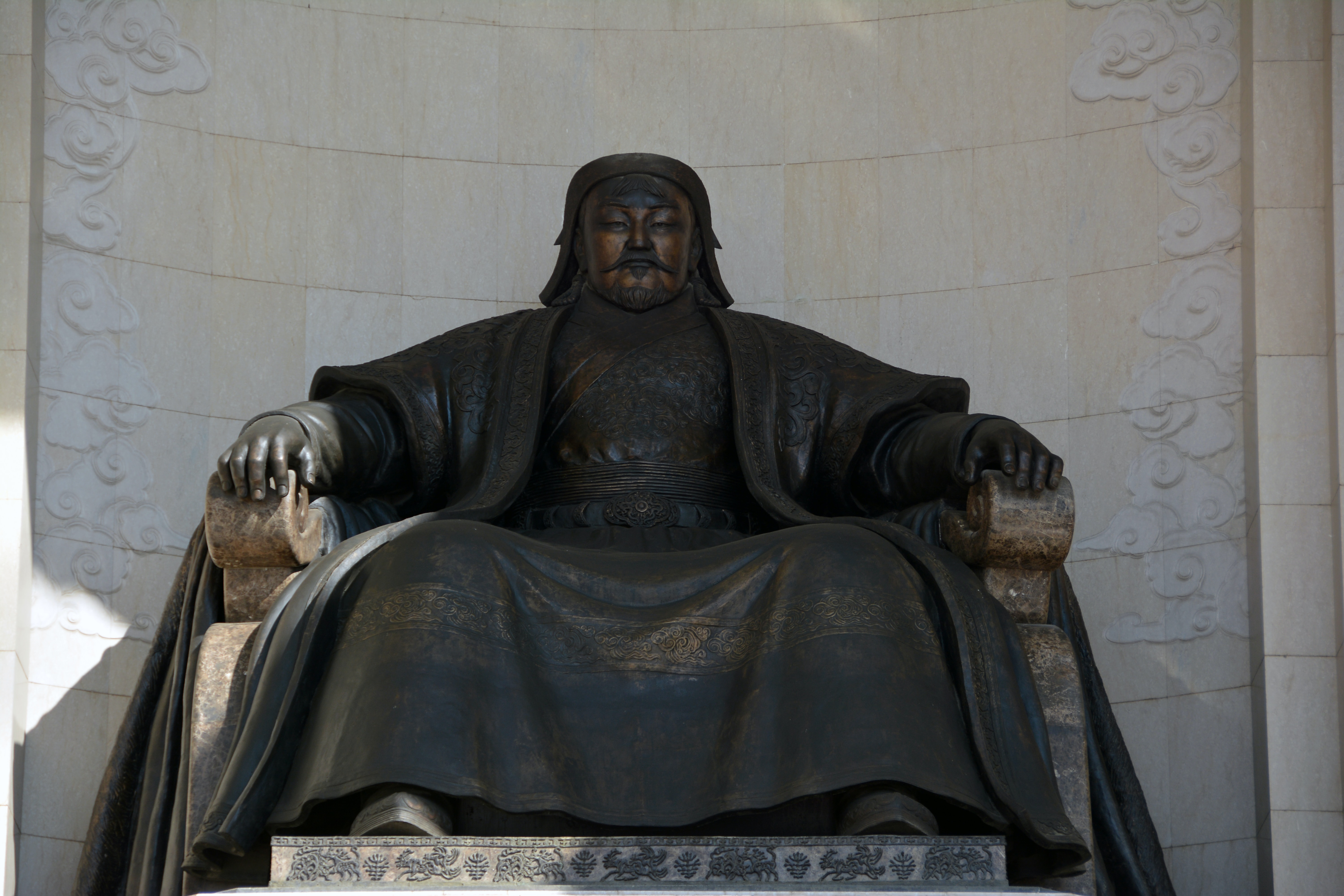
Genghis Khan’s ability to unite the Mongolian tribes under his rule was a remarkable feat. Through diplomacy, warfare, and intimidation, he transformed the fragmented tribes into a powerful and disciplined military state. His reorganization of the tribal structure into a military organization, dividing the population into units of tens, hundreds, and thousands, further solidified his control.
In 1206, the Great Huraltai, or Great Assembly, of Mongolian tribesmen established Temujin as the supreme ruler of the Unified Mongolian State and bestowed upon him the title of Genghis Khan. This unification provided the foundation for the Mongol Empire’s rapid expansion and conquest of vast territories under the Mongol rule.
The unity Genghis Khan achieved among the Mongolian tribes allowed them to project their power across Eurasia, conquering everything in their path. His ability to bring together disparate tribes and forge them into a cohesive military force was instrumental in the creation of the largest contiguous empire in history.
The Expansion of the Mongol Empire
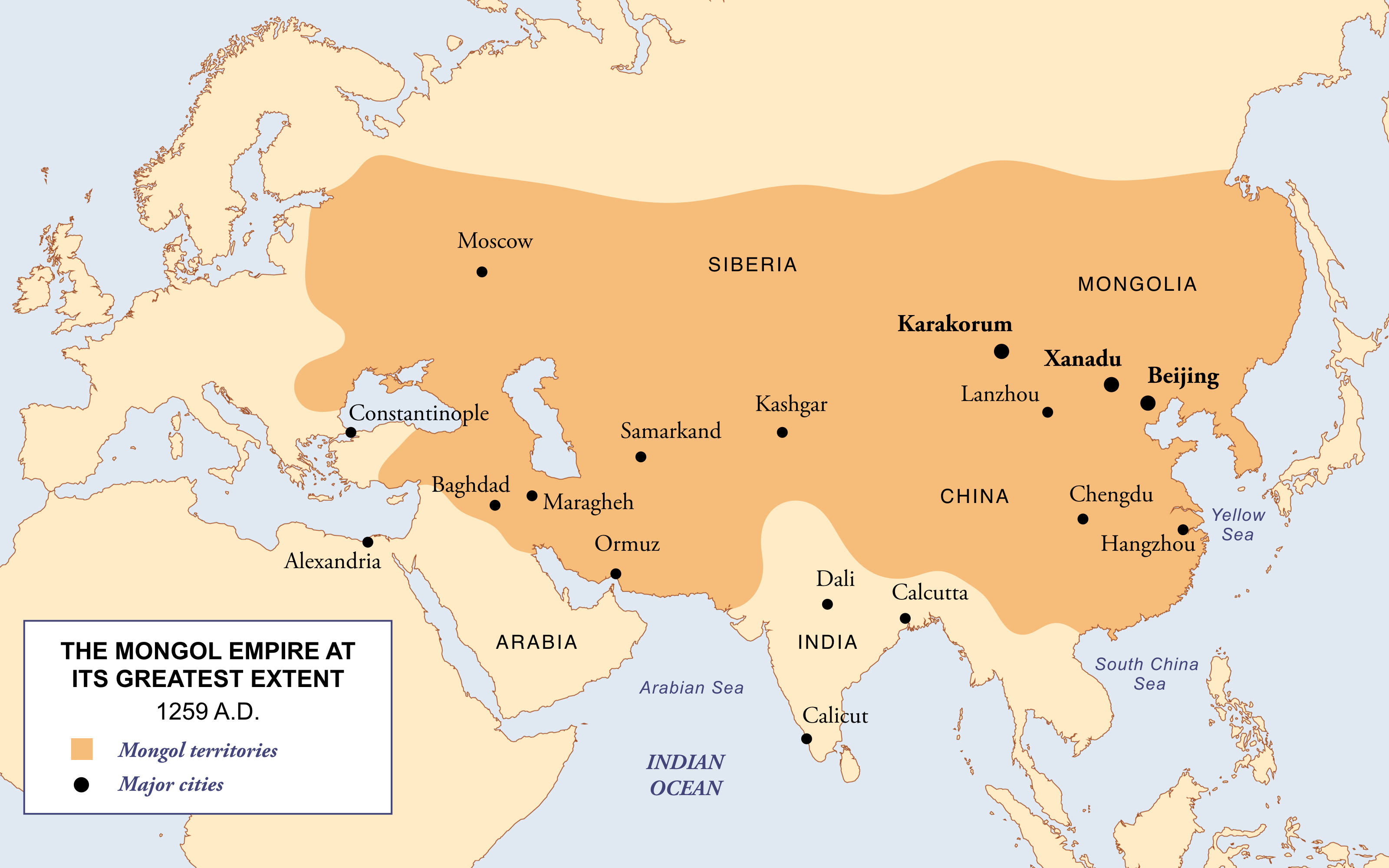
Paragraph 1: Under Genghis Khan and his successors, the Mongol Empire expanded rapidly, reaching as far as Northern China, Persia, and Eastern Europe. Their military prowess and terror tactics enabled them to defeat their enemies and bring vast territories under their control.
Paragraph 2: We will now explore some of the significant conquests during the empire’s expansion.
Northern China and Persia
In their conquest of Northern China, the Mongols employed a brutal strategy of sacking cities, retreating, and then allowing the Jin Dynasty to retake the cities, only to attack again and cause further chaos. Genghis Khan’s forces also invaded Persia, leading to the complete destruction of the Shah’s empire and the deaths of millions.
The Mongols’ use of siege tactics and the incorporation of enemy technology allowed them to:
- Overcome the fortified cities of their adversaries
- Force the Jin ruler in China to surrender vast amounts of silk, silver, gold, and horses
- Capture and plunder cities like Bukhara, Samarkand, and Urgench in Persia
Despite the devastation caused by their mongol conquests, the Mongol Empire also facilitated cultural exchange between the East and West, as conquered territories, including Central Asia, were integrated into the empire’s vast trade networks. This exchange of ideas, technology, and goods would have a lasting impact on world history.
European Incursions
Under the leadership of Ogedei Khan, Genghis Khan’s successor, the Mongols continued their expansion into Europe. They sacked cities such as:
- Kiev
- Krakow
- Buda
- Pest
Spreading fear and destruction in their wake. The consequences of the Mongol incursions in Europe were severe, with numerous cities destroyed, populations displaced, and trade and commerce disrupted.
Despite the devastation wrought by their European campaigns, the Mongol Empire’s expansion also led to:
- Increased cultural exchange between the East and West
- Religious tolerance
- Opportunities for trade
- Exchange of knowledge and technology
The legacy of the Mongol incursions in Europe during the 14th century is one of both destruction and cultural exchange. While the devastation caused by their armies cannot be understated, the lasting impact of their rule on the spread of ideas and the forging of connections between previously isolated regions of the world remains an important part of their story.
Religious Tolerance and Cultural Exchange
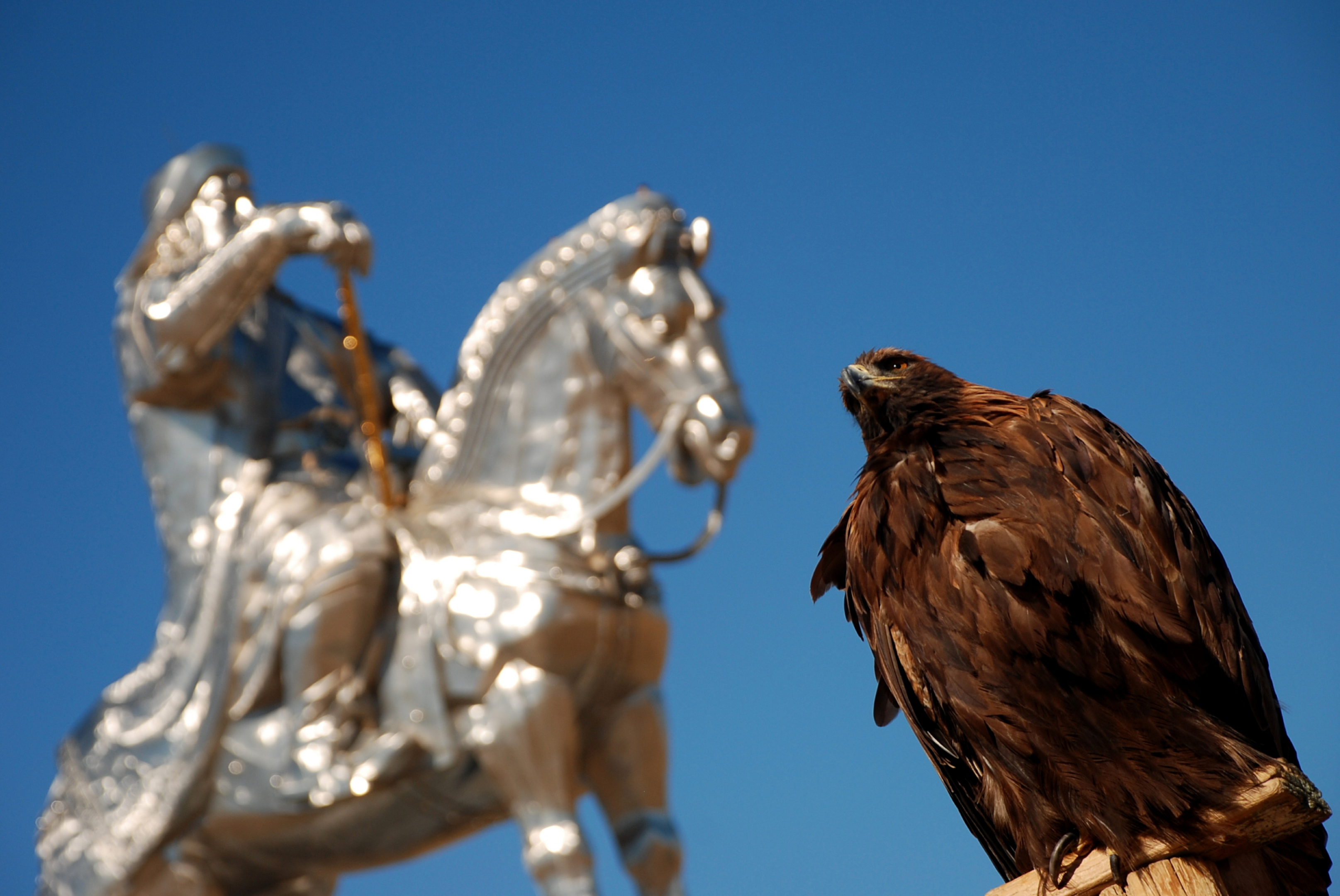
Genghis Khan’s policy of religious tolerance was a key aspect of his rule. He granted tax exemptions to religious institutions, allowing them to flourish within his empire. This tolerance extended to a wide range of faiths, including Buddhism, Islam, and Christianity, fostering an atmosphere of acceptance and coexistence among his subjects.
In addition to his religious tolerance, Genghis Khan also sought to facilitate cultural exchange within his empire. He encouraged individuals of different cultures to live and work together, promoting the exchange of ideas, technology, and goods between the various conquered territories.
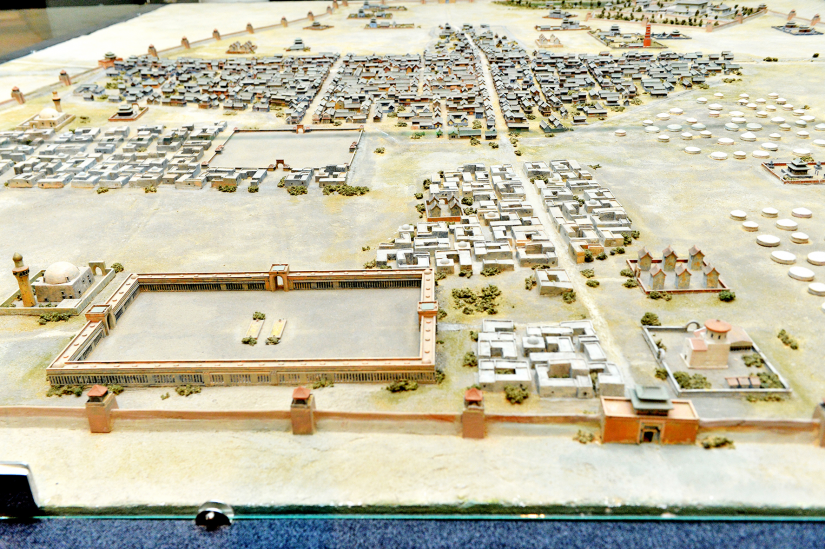
The lasting legacy of the Mongol Empire was significantly shaped by this policy of religious tolerance and cultural exchange. As the empire expanded, so too did the connections between East and West, paving the way for the exchange of knowledge and technology that would shape the course of world history.
The Decline and Legacy of the Mongol Empire
The Mongol Empire eventually declined due to internal strife and dynastic disputes among Genghis Khan’s descendants. These conflicts, along with the gradual loss of power to bureaucrats and infighting among the various khanates, contributed to the empire’s eventual fragmentation and decline. The Mongols had relinquished their control of China by 1368, marking the end of the Yuan Dynasty and the beginning of the Ming Dynasty.
Despite its decline, the Mongol Empire left an indelible mark on the history of the Mongols and world history. The empire’s vast trade networks fostered the first meaningful connections between East and West, allowing for the exchange of ideas and technology that would shape the course of human progress.
Besides influencing trade and culture, the Mongol Empire also contributed to the spread of the Black Death to Europe. While the pandemic had devastating consequences, it also led to significant social and economic changes that would ultimately pave the way for the Renaissance and the modern world.
Genghis Khaan Sightseeing in Mongolia
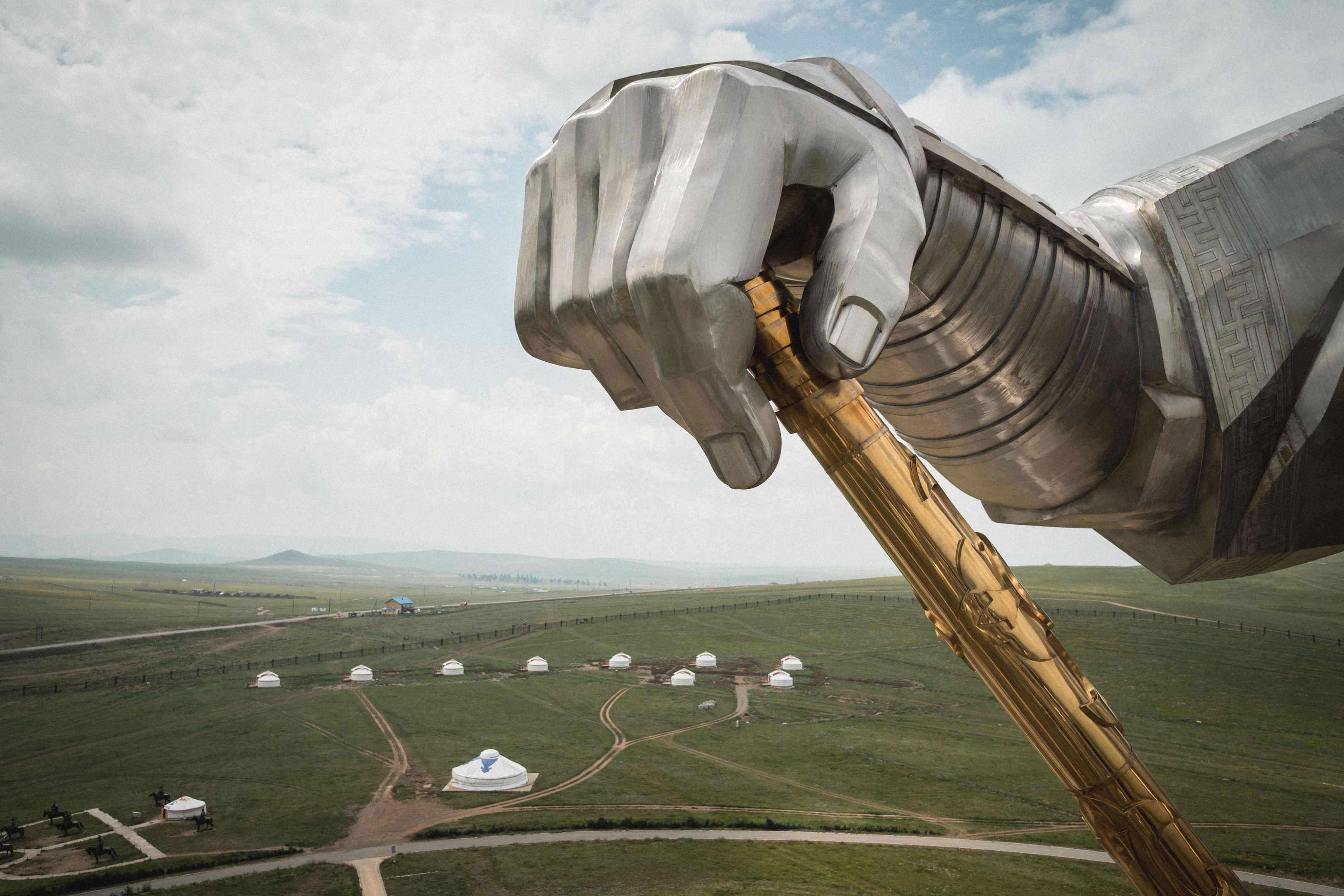
Genghis Khan is celebrated as a national hero in today’s Mongolia, with numerous tourist attractions dedicated to his life and accomplishments. Visitors to the country can explore the rich history of the Mongol Empire, paying tribute to the man who united the tribes and conquered vast territories.
Visiting contemporary Mongolia provides an opportunity to immerse oneself in Genghis Khan’s epoch, exploring the cultural and historical landmarks dedicated to his legacy. From museums and monuments to the breathtaking landscapes of the Mongolian steppe, the legacy of the great khan is still very much alive in the modern day land he once ruled.
As Mongolia continues to honor the legacy of Genghis Khan, his story serves as a reminder of the incredible achievements that can be accomplished through determination, military prowess, and a vision for a united and diverse empire. The impact of his rule is still felt today, both in Mongolia and beyond.
Genghis Khan's Mysterious Death and Burial
The details of how Genghis Khan died are still veiled in mystery. While some believe he died from illness, others speculate that he was killed in battle or assassinated by a rival. To this day, the cause of Khan’s death remains one of history’s most enduring enigmas, leaving many to wonder how exactly Genghis Khan died.
Adding to the mystery is the location of Genghis Khan’s burial site. Although medieval sources suggest that he was interred near the sacred mountain Burkan Kuldun, the exact location of his tomb has never been discovered. Over the years, numerous attempts have been made to locate the burial site, including satellite surveys, but none have been successful.
The mysteries surrounding Genghis Khan’s death and burial only enhance his status as a legendary figure in world history. As scholars continue to search for answers, the story of Genghis Khan and his Mongol Empire continues to captivate and inspire generations to come.
Summary
From humble beginnings as a nomadic tribesman to the ruler of the largest contiguous empire in history, Genghis Khan’s life story is one of triumph, tragedy, and enduring legacy. His military prowess, religious tolerance, and vision for a diverse and united empire left an indelible mark on world history, connecting East and West in ways never before imagined. As we continue to learn from and celebrate his achievements, the legend of Genghis Khan serves as a powerful reminder of the potential for greatness that exists within each and every one of us.
Frequently Asked Questions
What is Genghis Khan famous for?
Genghis Khan was a Mongolian warrior-ruler who is famous for unifying the Mongolian steppe under a vast and powerful empire. He conquered lands as far west as Eastern Europe, while also pioneering modern concepts like a census, postal system and religious freedom. He successfully challenged the Jin dynasty in China and captured territory as far west as the Caspian Sea.
How powerful was Genghis Khan?
Genghis Khan was incredibly powerful, having created the largest empire in history which spanned the Asian continent from the Pacific Ocean to modern-day Hungary. His Mongol Empire extended more than 11 million square miles and conquered the land mass stretching from Beijing to the Caspian Sea, plus parts of China, Persia, and Russia.
How did Genghis Khan empire fall?
Inter-family rebellion, drought, flood, famine and the bubonic plague all contributed to the collapse of Genghis Khan's four khanates, ultimately resulting in the downfall of his empire.
What ethnicity is Genghis Khan?
Genghis Khan was a Mongolian leader who founded the Mongol Empire. He was born Temüjin in 1162 and proclaimed leader of the Mongols at a tribal meeting in 1206. He became one of the most powerful military leaders in the world through uniting various Mongol tribes.
What was Genghis Khan's original name?
Genghis Khan's original name was Temüjin, also known as Temuchin.
Request A Car Rental
Travelling to Mongolia and need a car rental plus extra equipments?






